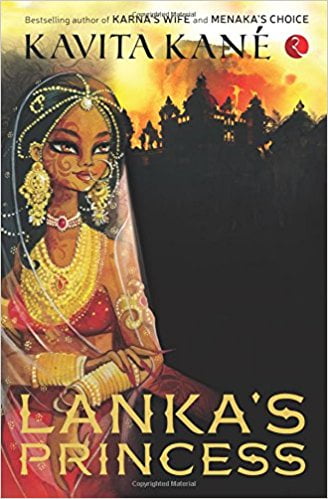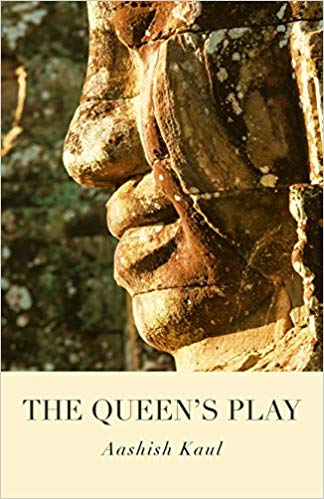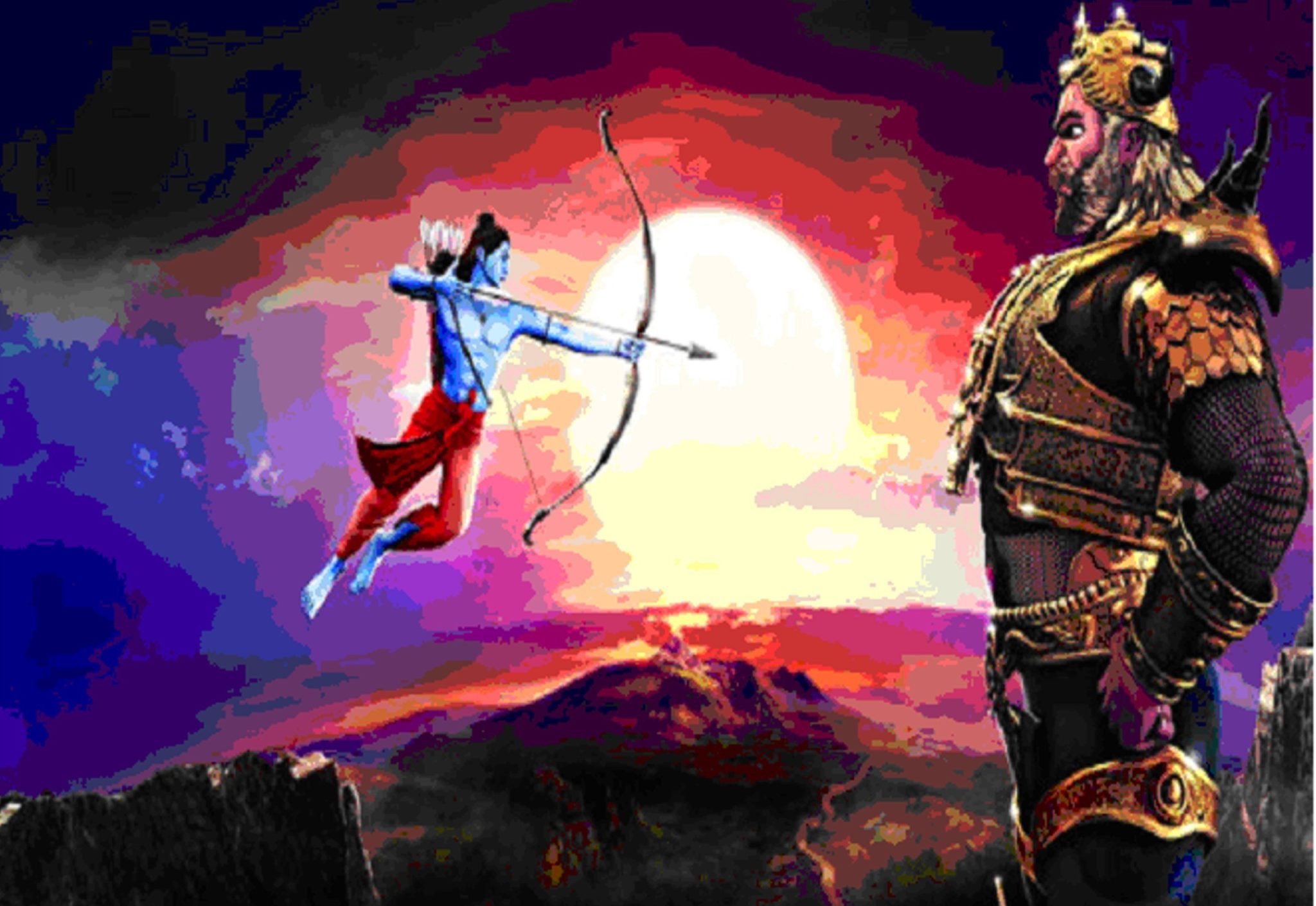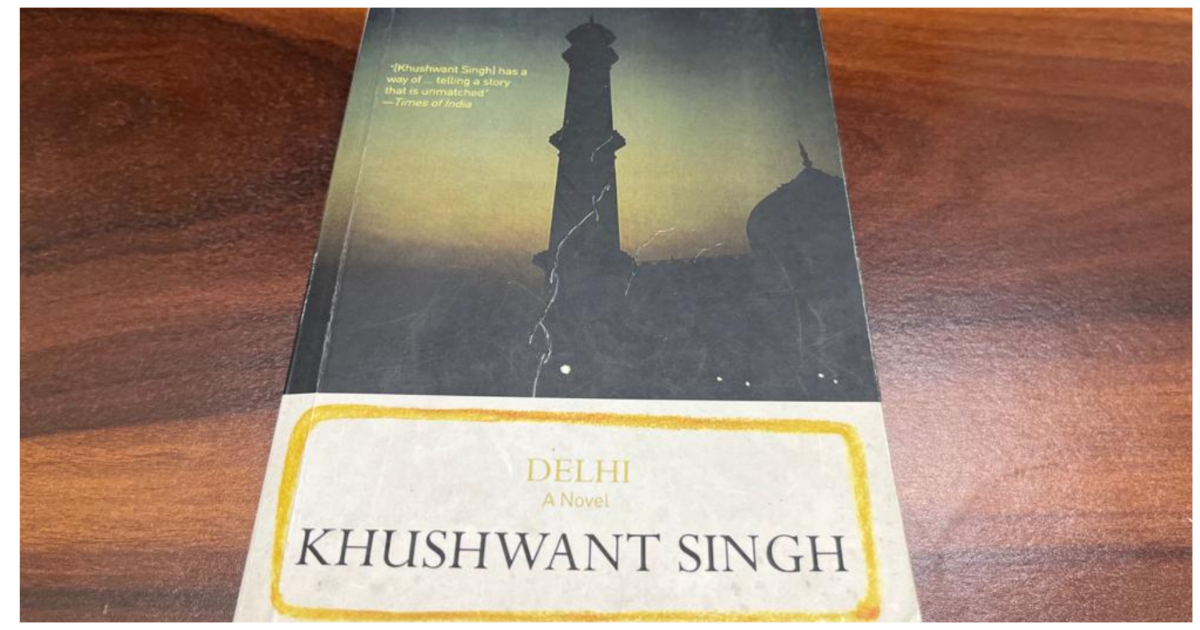Valmiki’s Ramayana is perhaps one of the most well-known stories in India. We read it in school and spent our childhood watching the television adaptation of the same. But beyond the much talked-about heroism and valour of the protagonist Ram, there lie numerous stories of the characters that were somehow or the other marginalised.
We bring you a list of books that retell the famous epic saga with unique perspectives.
1. Sita’s Ramayana by Samhita Arni

As the name suggests, the epic story of the Ramayana is told from the perspective of Sita in this graphic novel. The book brings to the surface the fact that women in such heroic wars were merely pawns, at the mercy of their fathers, husbands, and brothers. Narrated by the female protagonist, it makes one reflect on her trials and tribulations. What is interesting about the novel is how Sita is portrayed,not as a damsel-in-distress to be rescued by Ram, but as someone who is heroic in her resilience, endurance, and compassion. The book also features Trijatha, Vibhishan’s daughter. She takes on a role like Mahabharata’s Sanjay and describes the war to Sita in Ashoka Vatika. The book has been beautifully illustrated by Patua scroll artist Moyna Chitrakar.
2. The Liberation of Sita
Originally written in Telugu by Volga, translated into English by T. Vijay Kumar and C. Vijayasree.

The Liberation of Sita is all about celebrating sisterhood. Female characters are usually described as jealous and pitted againstother women. Taking a contradicting outlook, this book shows minor female characters of the Ramayana who aid Sita in her journey of self-realisation.
After ‘maryada purushottam’ Ram abandons his wife, Sita embarks ona series of adventures. Along the way, she meets Surpanakha, Renuka, Urmila, and Ahalya. All these women are leading self-fulfilled lives and each one them has a lesson for Sita. Surpanakha teaches Sita that she need not depend on any man for her happiness. Ahalya shows the meaninglessness of Ram’s questioning of Sita’s fidelity after returning from Lanka. The futility of identifying oneself as merely a mother or a wife is expounded by Renuka. And finally, Urmila encourages Sita to liberate herself and look within to “find the truth that is you”. The women are given agency by the writer in her rendition of the epic.
3. Lanka’s Princess by Kavita Kane

Demonic and untamed—this is how Surpanaka is perceived in popular imagination. She is considered as the perpetrator of the epic war. However, Kavita Kane tries to understand this character as a victim. She questions the brutality of the punishment meted out to Surpanakha for insulting Sita. Lanka’s Princess shows us the protagonist before she came to be known as Surpanakha. Born as the beautiful Meenakshi, she is repeatedly sidelined by her father and her brother Ravana. This compassionate princess’ transformation into the vengeful Surpanakha makes the book an interesting read.
4. Asura: Tale of the Vanquished by Anand Neelakantan

History has always been the story of the victorious. But what about the losing side? What become of them after the war ends? In his book, Anand Neelakantan has givena voice to the vanquished. Rather than being a Ramayana story, it is more like a ‘Ravanayana’. The author writes about the oppressed outcastes of the Indian peninsula who were given the name asura and depicted in every take as the defeated demonic. “You have heard the victor’s tale, the Ramayana. Now hear the Ravanayana, for I am Ravana, the Asura, and my story is the tale of the vanquished… my life is the tale of the loser,”exclaims Ravana in this book. The tale brings outthe contrast between the culture and the customs of Ram Rajyaand Lanka, and also between its inhabitants.
5. The Queen’s Play by Ashish Kaul

Another women character who hardly gets mentioned in the Ramayana is Ravana’s wife, Mandodari. The Queen’s Play shows the queen of Lanka as the inventor of the game of chess. She is shown as the one who introduced the figure of the queen in the game. What’s interesting is the way Ashish Kaul, intertwines the narrative of theRamayana and the chess game and draws surprising parallels between the two. Mandodari was withheld from the epic battle. And hence, despite being the most powerful piece on the chessboard, the queen witnessed the defeat of her king.
Very much like the Mahabharata, the Ramayana has been interpreted by several minds. And every version has something new to tell. Such interpretations keep the epic alive and relevant even after so many years.
Have a bookalicious Diwali!




